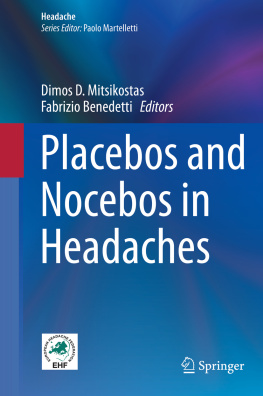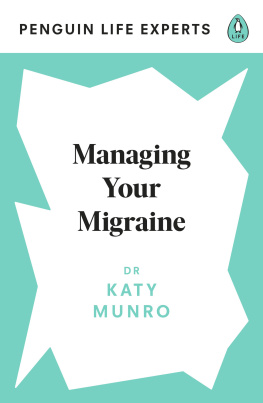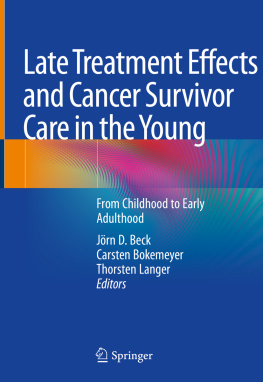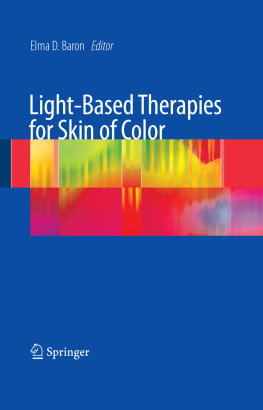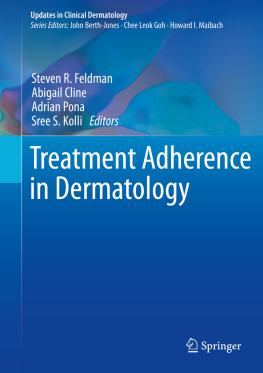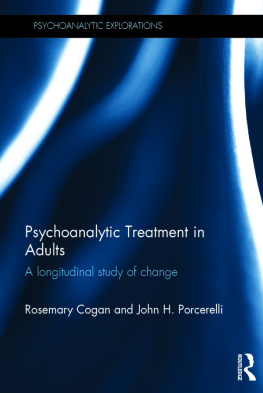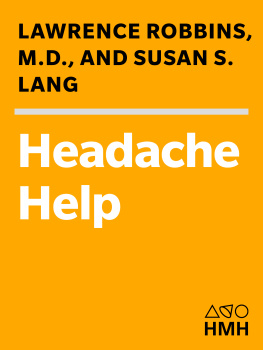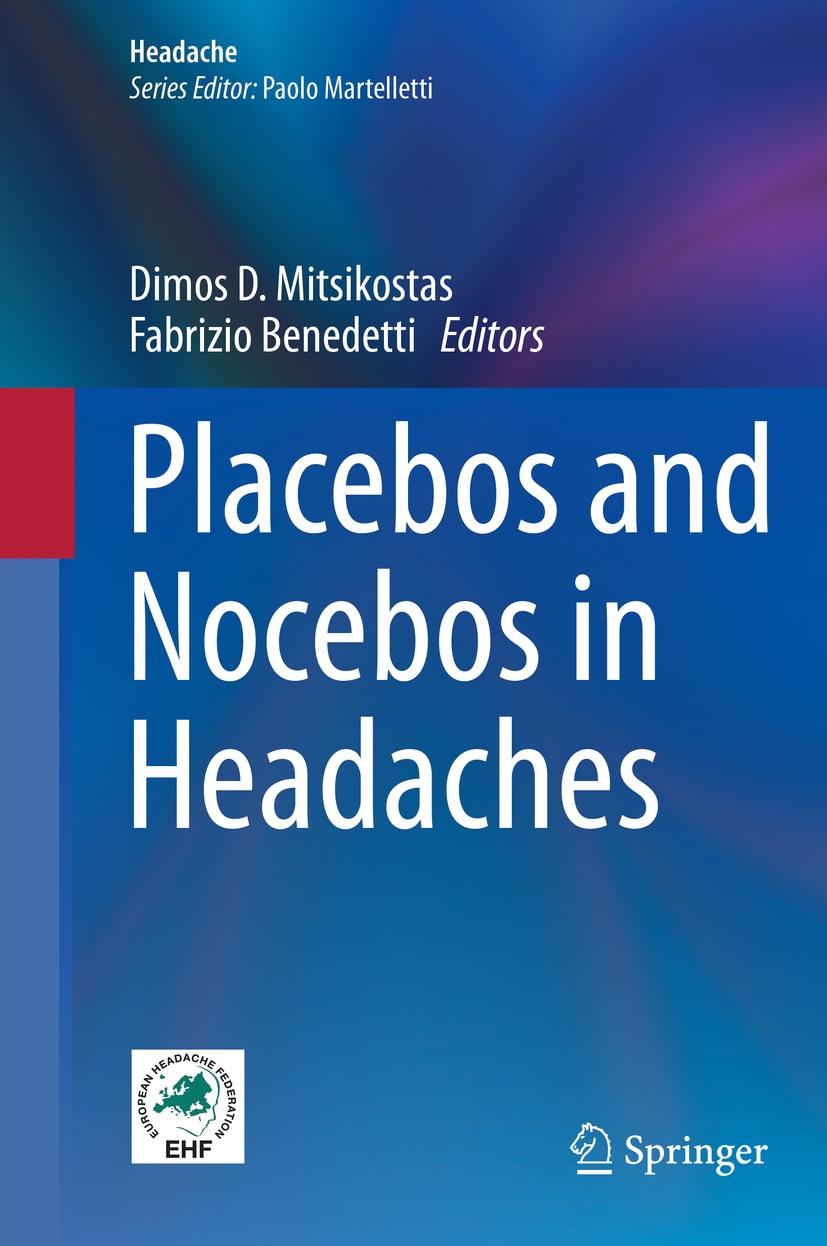Headache
Series Editor
Paolo Martelletti
Roma, Italy
The purpose of this Series, endorsed by the European Headache Federation (EHF), is to describe in detail all aspects of headache disorders that are of importance in primary care and the hospital setting, including pathophysiology, diagnosis, management, comorbidities, and issues in particular patient groups. A key feature of the Series is its multidisciplinary approach, and it will have wide appeal to internists, rheumatologists, neurologists, pain doctors, general practitioners, primary care givers, and pediatricians. Readers will find that the Series assists not only in understanding, recognizing, and treating the primary headache disorders, but also in identifying the potentially dangerous underlying causes of secondary headache disorders and avoiding mismanagement and overuse of medications for acute headache, which are major risk factors for disease aggravation. Each volume is designed to meet the needs of both more experienced professionals and medical students, residents, and trainees.
More information about this series at http://www.springer.com/series/11801
Editors
Dimos D. Mitsikostas and Fabrizio Benedetti
Placebos and Nocebos in Headaches
Editors
Dimos D. Mitsikostas
Neurology Department, Aeginition Hospital, National and Kapodistrian University of Athens, Athens, Greece
Fabrizio Benedetti
Neuroscience Department, University of Turin Medical School, Torino, Italy
ISSN 2197-652X e-ISSN 2197-6538
Headache
ISBN 978-3-030-02975-3 e-ISBN 978-3-030-02976-0
https://doi.org/10.1007/978-3-030-02976-0
Library of Congress Control Number: 2019930284
Springer Nature Switzerland AG 2019
This work is subject to copyright. All rights are reserved by the Publisher, whether the whole or part of the material is concerned, specifically the rights of translation, reprinting, reuse of illustrations, recitation, broadcasting, reproduction on microfilms or in any other physical way, and transmission or information storage and retrieval, electronic adaptation, computer software, or by similar or dissimilar methodology now known or hereafter developed.
The use of general descriptive names, registered names, trademarks, service marks, etc. in this publication does not imply, even in the absence of a specific statement, that such names are exempt from the relevant protective laws and regulations and therefore free for general use.
The publisher, the authors, and the editors are safe to assume that the advice and information in this book are believed to be true and accurate at the date of publication. Neither the publisher nor the authors or the editors give a warranty, express or implied, with respect to the material contained herein or for any errors or omissions that may have been made. The publisher remains neutral with regard to jurisdictional claims in published maps and institutional affiliations.
This Springer imprint is published by the registered company Springer Nature Switzerland AG
The registered company address is: Gewerbestrasse 11, 6330 Cham, Switzerland
Foreword
This volume of the EHF Headache Series is dedicated to placebo and nocebo in headaches, with Dimos-Dimitrios Mitsikostas and Fabrizio Benedetti as editors. Their acknowledged expertise in this area of clinical medicine is a guarantee of completeness and deepening of a topic that, in headaches, is rightly considered fundamental.
The randomized control trials present today small margins of difference between active substance and the response of healthy controls, and such a small difference, although statistically significant, makes the fundamental role of placebo evident. The thaumaturgical role of the doctor, the protected context of a health environment, and the patients expectations have produced brilliant results far beyond the real effectiveness of the prescribed drug. On the other hand, the nocebo effect can balance or limit drug outcomes and also decrease the patients therapeutic adherence.
Nocebo and placebo effects exert their function by activating a complex interweaving of neural circuits in the central nervous system that modulate the perception of pain.
The headache expert needs a reading of this volume to be able to act wisely through the right use of the placebo effect, saving and limiting pharmacological prescriptions where possible, providing for and accompanying the nocebo effect where expected.
Paolo Martelletti
Rome, Italy
Preface
Headaches, migraine, and cluster headache, in particular, are major health problems almost completely underestimated and underappreciated by health-care providers, decision-makers, people, and patients themselves eventually. Recent international epidemiological studies using disability metrics appointed migraine as the second leading cause of disability among all medical conditions after low back pain, but first for people younger than 50. The economic burden of migraine exceeds 18 billion annually in Europe, yet there is no global strategic plan to border the consequences, nor the causes of the conditions. As many other chronic pain disorders, headache affects life quality dramatically, requiring efficient therapeutic procedures. For decades, migraine and cluster headache have being sharing the privilege to be treated with disease-specific acute medications targeting the serotonin 1B and 1D receptor subtypes, but only recently a mechanism-based preventative treatment appeared in the horizon. The anti-CGRP class drugs, both as small molecules and as large monoclonal antibodies, limit migraines and migraine progression into chronic form, as phase 2 and 3 studies have shown. It is a wonderful moment for scientists, for headache specialists, and for patients in particular to live this explosive year that only rarely happens in neurology.
However, therapeutics does not end by the right diagnosis and the choice of appropriate medicines. It goes further into the adherence to the treatment, into the parallel management of potential comorbid conditions and finally into a better understanding of the patients needs and expectations.
Within this context, placebos and nocebos play a fundamental role. Whereas placebos potentially enhance medications efficacy, nocebos limit outcomes and decrease adherence. Both are controlled by expectations and conditioning mainly. Because individual perception of pain is also controlled by similar factors, placebos and nocebos have important implications for chronic pain conditions. Headaches and migraine above all carry an essential symbolism, since pain and mind are tightly interconnected. This book is aimed at focusing on both placebos and nocebos and at covering the entire spectrum of headaches, although most data are related to migraine. Top specialists have been invited to present their work in this field, and we are deeply thankful they accepted our invitation and devoted their precious time to this project. We also thank Madona Samuel and Donatella Rizza from Springer for their professional administrative skills.
We hope that the following data will contribute to a better understanding of the mechanisms of placebo and nocebo effects in headaches and that all physicians, medical students, neurologists, general practitioners, and headache specialists will improve the clinical management of headaches in everyday clinical practice. Likewise, we hope that patients will get some benefit from this project.

